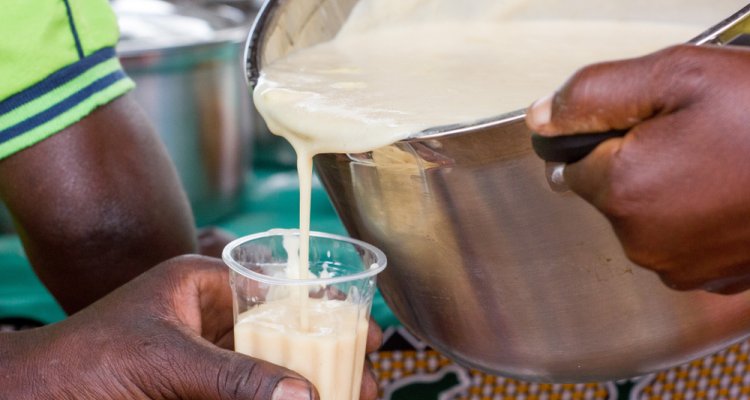
Project
Upgrading traditional processing of mahewu
This project will focus on improving the sensory and nutritional quality, of traditionally processed mahewu, a non-alcoholic fermented cereal beverage. The current processing of mahewu will be determined through a survey during which samples of mahewu will be collected and their microbial community structure investigated. We will then investigate the substrate effect on the microbial community structure and function of mahewu and harness that to produce nutrient dense and sensorially acceptable beverage produced from climate-smart ingredients.
Background
Mahewu is a traditional non-alcoholic beverage that is popular as a weaning food for infants, a supplement in school feeding programs and energy drink for adults. The beverage is produced by spontaneous lactic acid fermentation of maize, sorghum, pearl millet or finger millet. Each of these substrates produces mahewu with different sensorial and nutritional properties, which can be improved by using biofortified cereals (Rathore et al., 2012; Awobusuyi et al., 2016).
A critical step in the production of mahewu is the addition of raw cereal flour or malt, which is the main source of microbes for mahewu fermentation (Pswarayi et al.; 2019). There is limited information on how variation in these raw flours affects the final microbial species composition, sensorial acceptance, and nutritional composition of mahewu.
This study will explore the use of biofortified maize, pearl millet and cowpeas in producing nutrient dense mahewu that is sensorially acceptable to mahewu consumers.
Project description
The goal of this project will be to upgrade the traditional processing of mahewu to improve its nutritional quality, while retaining sensorial acceptance. The specific objectives will be:
- To establish current practices in mahewu processing.
- To investigate the effect of different ingredients on the microbial community structure and physicochemical properties of mahewu.
- To improve the nutritional content of mahewu through the use of vitamin A maize, high iron pearl millet and high iron cowpeas.
- To determine the sensorial acceptance of mahewu produced from vitamin A maize, high iron pearl millet and high iron cowpeas.
The current mahewu production process will be determined though a cross-sectional household survey during which samples of ready to drink mahewu will be collected. The samples will be analyzed for their microbial community structure, pH and titratable acidity. The most widely used production method will then be replicated in the laboratory using different cereal ingredients and the effect of each on microbial community structure, nutrient content and sensorial properties investigated. The project will also explore food to food fortification of mahewu with biofortified cowpeas.